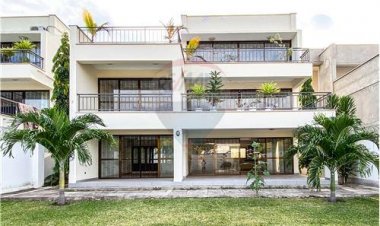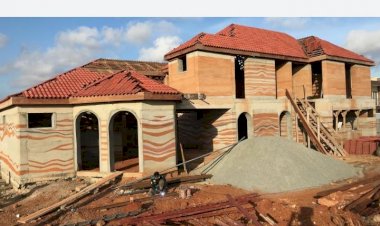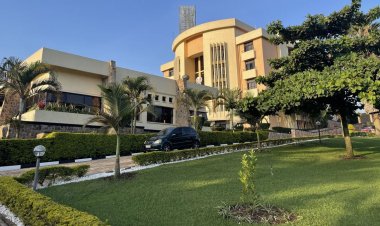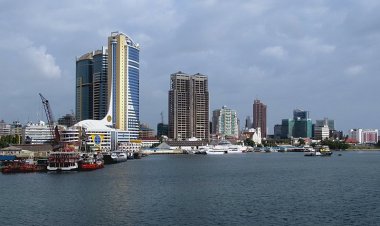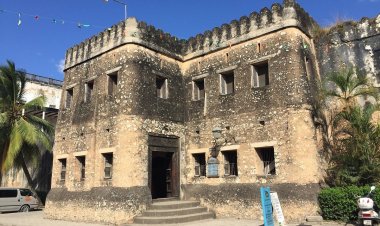7 Requirements for KPLC Power Lines Installation
To guarantee the security and dependability of the power supply to its customers, KPLC adheres to strict requirements when building power lines in Kenya.
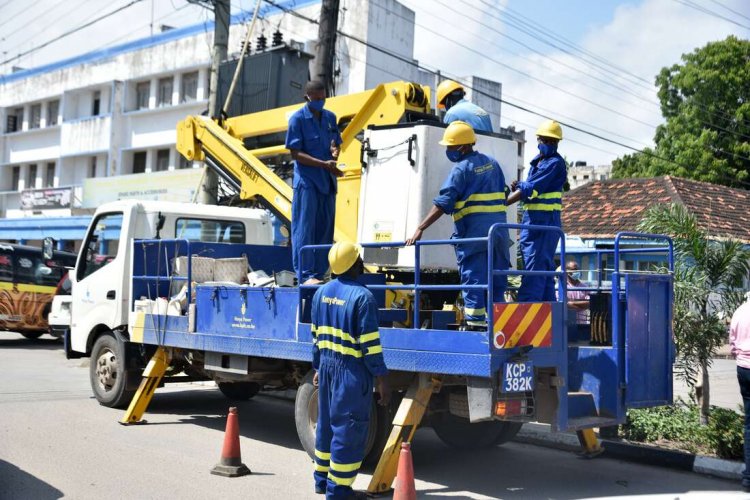
Kenya Power and Lighting Company (KPLC) is responsible for the installation and maintenance of the power distribution network in Kenya. The company follows certain requirements when installing power lines to ensure the safety and reliability of the power supply to its customers.
Here are some of the requirements of KPLC when installing power lines in Kenya:
1. Compliance with regulations
KPLC follows the regulations set by the Energy Regulatory Commission (ERC) and the Kenya Electricity Transmission Company (KETRACO) when installing power lines. The company ensures that the installation process complies with the safety, environmental, and technical regulations set by these authorities.
2. Assessment of the site
Before installing power lines, KPLC conducts a site assessment to determine the most suitable route for the power lines. Factors considered during the assessment include the terrain, vegetation, existing infrastructure, and proximity to residential areas.
3. Design of the power line
KPLC designs the power line to meet the required capacity and voltage level. The design takes into account the distance between the poles, the height of the poles, and the type and size of conductors to be used.
4. Installation of poles
KPLC installs poles along the designated route, ensuring that they are securely anchored to the ground. The poles are made of treated wood or concrete, and their height depends on the voltage level of the power line.
5. Installation of conductors
KPLC installs conductors on the poles, ensuring that they are properly tensioned and supported. The conductors are made of aluminum or copper and are insulated with a layer of material to prevent electrical leakage.
6. Testing and commissioning
Before the power line is energized, KPLC conducts tests to ensure that it is safe and reliable. The tests include insulation resistance, continuity, and earth resistance tests. Once the tests are completed, the power line is commissioned and connected to the grid.
7. Maintenance
KPLC regularly inspects and maintains the power lines to ensure that they are functioning optimally. The company replaces worn-out components and repairs any faults that may arise.
To guarantee the security and dependability of the power supply to its customers, KPLC adheres to strict requirements when building power lines in Kenya. These requirements include conformance with regulations, site assessment, design of the power line, installation of poles and conductors, testing and commissioning, and maintenance.
If you have a real estate press release or any other information that you would like featured on African Real Estate Blog Post do reach out to us via email at [email protected]

 AREBP
AREBP 










